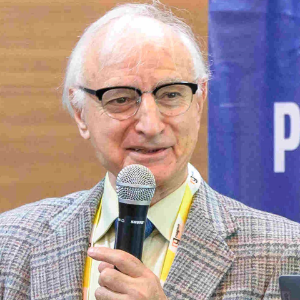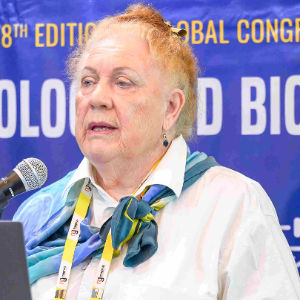Disease resistant plant
Plants that have been genetically modified to be disease- and pest-resistant are known as disease-resistant plants. Farmers and gardeners who wish to safeguard their crops from the threat of illnesses and pests can use these plants. By transferring genes from other disease-resistant plants or from bacteria, fungi, or viruses that are naturally resistant to specific illnesses, disease-resistant plants have been created. This genetic engineering can increase agricultural yields and save farmers from disease-related losses by enabling plants to live and flourish in environments where other plants would not. Plants that are resistant to disease can also lessen the need for pesticides that are chemical, which can be bad for the environment and people's health. Additionally, because they are more likely to produce healthier, higher-yielding crops, these plants can aid in reducing food waste. Disease-resistant plants should be watched over and routinely checked for safety in order to guarantee the safety and health of food.

Mohammad Babadoost
University of Illinois, United States
Mary Cole
The University of Melbourne, Australia
Valasia Iakovoglou
UNESCO chair Con-E-Ect, International Hellenic University, Greece
Satya S S Narina
Virginia State University, United States
Sara Hailemariam
Purdue University, United States
Midhat Mahboob
Lincoln University, New Zealand


Title : Exploring the genetic diversity in tannin-rich forages to explain the large intra species variability in tannin content
Selina Sterup Moore, Aarhus University, Denmark
Title : Isolation and functional properties of biomolecules of plants and its application
Balagopalan Unni, GEMS Arts & Science College (Autonomous), India
Title : Primed for the future: PGPR and the promise of sustainable, heritable crop resilience
Prashant Singh, Banaras Hindu University (BHU), India
Title : Revealing allelic variations in candidate genes associated with grain yield under salinity stress between two contrasting rice genotypes
Nisha Sulari Kottearachchi, Wayamba University of Sri Lanka, Sri Lanka
Title : Adaptive strategies of Aristida L. species across ecological zones of Pakistan: Linking soil characteristics with morphological and physiological traits
Iram Ijaz, University of Agriculture Faisalabad Pakistan, Pakistan
Title : Ethnobotanical survey and abundance of weeds in selected Manihot esculenta (cassava) Crantz farms in Osun state, Nigeria
Dada Caleb Mayokun, University of Ibadan, Nigeria